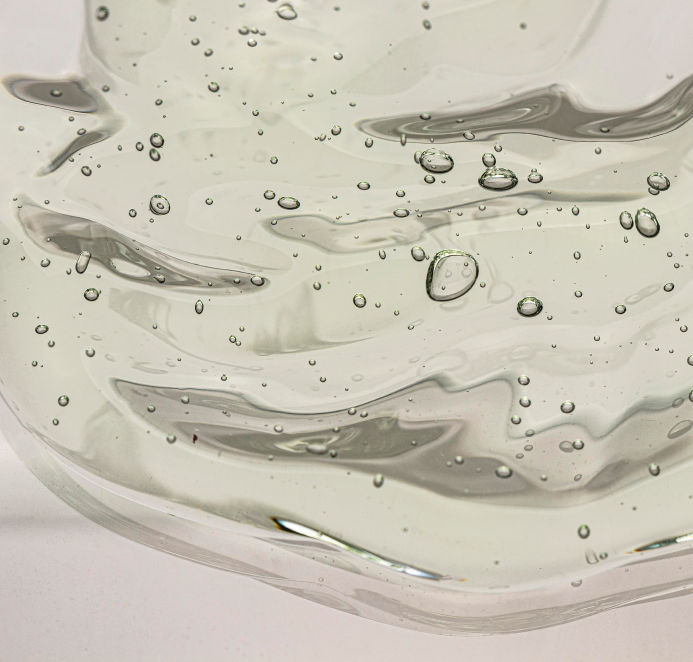Chemical Peels
Why Are Chemical Peels Done?
Chemical peels are most commonly used for sun-damaged skin that has wrinkles, sun spots and age spots. Chemical peels help rid the skin of fine wrinkles, soften deep wrinkles and fade age spots.
Chemical peels may also be useful in other skin conditions that have not responded to previous treatment. Melasma or "the mask of pregnancy" may be helped by chemical peels, as may extensive superficial, smooth, sunken acne scars. Chemical peels can also offer a boost for patients with acne.
How many chemical peels will I need?
It must be remembered that chemical peels are not the "fountain of youth”. Patients must have realistic expectations and understand that more than one treatment session is often necessary. Most patients need a series of 2-4 chemical peels spaced 2-6 weeks apart depending on their goals.
How Do I Prepare for My Peel?
Do not wear make-up, moisturizer, oils or hair preparations for twelve (12) to twenty-four (24) hours prior to your peel. If you have taken Accutane, a six (6) to twelve (12) month waiting period is advisable. Ask us about other medications or preparations to use. Stop all topical medications such as Retin A, Differin and Tazorac, and bleaching creams three (3) days prior to your peel. No waxing or other exfoliations one (1) week prior to your peel.
What Happens During A Peel?
Your skin is cleansed with a cleanser. Your skin will burn and sting slightly. When you look in the mirror, you will see redness and possibly white frost. The white changes fade over the next several hours, but the redness persists for a few days.
How Do I Care For My Skin At Home?
Gently cleanse with a mild soap followed by a gentle moisturizer (i.e. Cetaphil Gentle, CeraVe Hydrating, or Vanicream) twice daily for the first few days until the redness dies down and the skin begins peeling. Ibuprofen (Motrin IB, Advil, Nuprin) can he used as directed for swelling and tenderness. After several days, a brownish scale develops that slowly cracks and flakes. Avoid picking the scale.
Sun avoidance is a must following the peeling procedure. Your skin is more sun sensitive after your peel and daily sunscreens should be used beginning one to two weeks following the peel.
How Often Are Peels Done?
The first peel is often milder than subsequent peels. Peeling can be performed every three to four weeks, depending on your specific reaction.
What Are Possible Side Effects and Complications?
Pain and discomfort can occur which is usually mild to moderate burning and stinging of the skin.
Just like any procedure that causes injury to the skin, it can cause a "fever blister" or cold sore outbreak. If you have a history of "fever blisters" or "cold sores" (herpes infections), you should tell Dr. Campbell and she will prescribe an oral medication for one (1) day prior to or at your procedure and for 2-3 days post-procedure to prevent any blisters in the peeled areas.
Infection of the peeled area can occur but is uncommon with proper home care. Pigment or color changes can occur as either white or dark patches. Olive colored skin has a tendency to form dark patches after chemical peels. These usually fade with time. Redness can also occur and persist for some weeks. This usually resolves with time.
Whiteheads or milia can sometimes form over healing pores. They often resolve spontaneously or can be easily removed. In addition, your skin will be more sensitive to windburn and irritants for some time after your peels.
How do I prevent complications for chemical peels?
Sun protection and avoidance is essential for two (2) weeks. If you expose yourself to sun, you increase your risk of post-inflammatory hyperpigmentation (dark patches). Sun sensitivity is typical of the "new skin." Sunscreens are needed to protect you from sunburn, age spots and new wrinkles.
It is also important to practice good skin care and avoid picking or peeling the scale post peel. Dr. Campbell encourages dilute white vinegar soaks for all procedures that cause damage to the skin to prevent infection.
If large scaling does occur, please do not peel them off because you will increase your risk of post-inflammatory hyperpigmentation (dark patches) and infection. If you want to remove them you may cut them off with scissors at the base or apply moisturizing lotion to help relieve scaling.
What to expect after a chemical peel?
- There may not be immediate peeling. In some cases, it may take up to three to five days before peeling begins. Once it starts, it can last three to seven days.
- Redness – this may be very mild, most people experience a “windburn” look and feel.
- Scaling and Peeling – it can be anywhere from very mild to somewhat intense with large flakes coming off.
- Possibly some swelling – this should be temporary.
- Minimal to no pain.
- Some intermittent and dry feeling may occur which is usually relieved with moisturizing lotion.
- You can resume wearing makeup the next day, as tolerated. Mineral based make-up is preferred.

When you look good, you feel good.
We offer medical, surgical, and cosmetic dermatology services.
BOOK AN APPOINTMENT